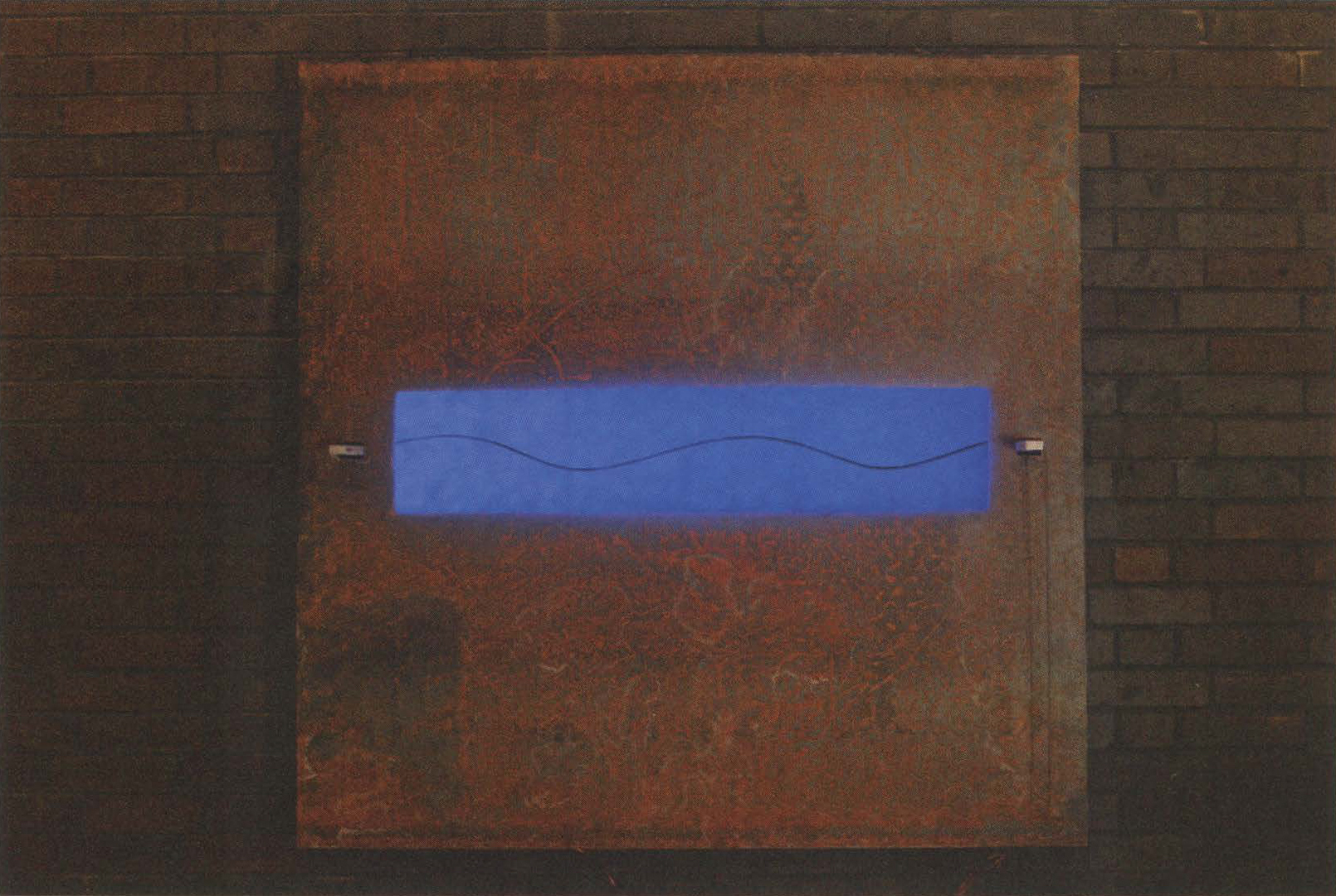Jeff Lieberman: Slink
Artist(s):
Title:
- Slink
Exhibition:
Medium:
- Sculpture, robotic system with associated electronics
Size:
- 4' x 4' x 1'
Category:
Artist Statement:
I am interested in physical phenomena and human perception. In this piece, I explore the intersections of three different resonant systems. The first is mechanically resonant: the motor and the extension spring are tuned to resonate with each other. The second system is electrical: 2000 LEDs strobing at the resonant frequency of the spring. The third is the visual phenomenon of light resonating in tune with the motion of an object, which, through a human observer, is perceived initially as no motion at all.
The reversal of the strobing effect is interesting. Normally, strobing is used to take still images and make them appear as a moving object, such as in a movie reel. This is known as the “beta phenomenon” and is a fundamentally human perceptual effect. A computer can recognize every frame as a frozen object in its own right, but we mentally connect distinct elements together to create motion.
In order to reverse this effect, I use a rapidly moving object and initially strobe it to make it appear frozen in space. Why? Strobing a rapidly moving object can make it appear to be moving in almost any way one desires. Physics appears broken. In this case the climax becomes the fact that the strobes, occurring at different times in different locations on the spring, can make the spring appear to break into 12 parts and float separately in midair. Usually people do not initially believe that this is a physical object. Their perception of the world around them is altered.
Technical Information:
A custom voice-coil actuator vibrates linearly at roughly 50 Hz, at the resonance frequency of the die springs coupled with the moving motor mass. This shakes a three-foot extension spring, tuned to match the voice-coil frequency for its fifth resonant mode. Twelve banks of 165 LEDs each strobe behind the spring, through a translucent acrylic window, matching the vibrational frequency and running at roughly 1% duty cycle, allowing the viewer to see the spring in a suspended or frozen state. Changing the relative strobe phase among the 12 banks of LEDs creates a positioning system for each segment of the spring, which allows the spring to be broken into segments and seemingly moved independently of the physics governing the original vibration. Various effects are explored from this initial thought.





